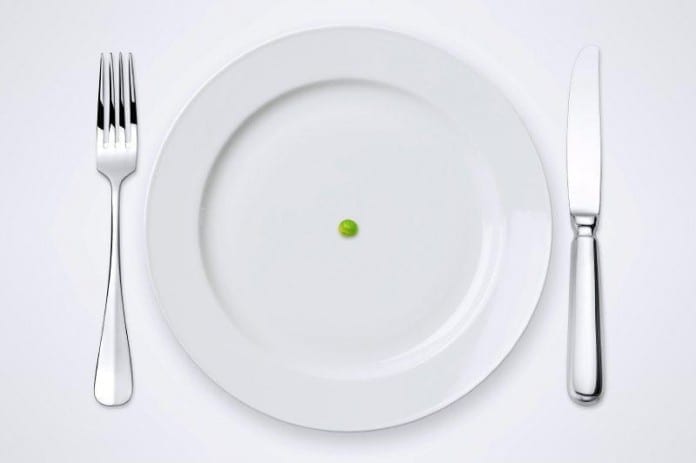Dear Victoria,
What’s for dinner tonight?
For most of us, that question can be hard to tackle simply because of overwhelming choice. Do we stay in, or go out? Leftovers or delivery? Of course all those questions are moot if the McRib is in town.
But for some, the question is difficult for the exact opposite reason. Do I have enough food to put on the table? Can I afford to feed my family a nutritious meal? Will I have to go without so my kids can have lunch tomorrow? Food security is a major issue in the CRD and it affects 50,000 of us.
The idea for this post came from something amazing I saw. Thrifty Foods, the Rotary Club of Victoria and The Victoria Foundation are partnering with Food Share Victoria to create the Food Rescue Project. In essence, the project will see fresh produce and dairy products that are near or at their best before date donated to food insecure families in the CRD.
My mind raced with questions. How much food was being thrown out in the first place? When will this be set up? Why haven’t we done this before? Seriously, when is the McRib coming back?
I found answers (except McRib related ones) from Rudi Wallace, director of Food Security at the Mustard Seed. But more so than answers, I discovered why promoting food security is not only morally important, but has a massive economic benefit at the same time.
It’s a complicated issue so I broke the piece into three segments: the problem, the solution and, finally, why it makes sense.
Let me repeat the last statistic Rudi said: 50,000 people in the CRD face food insecurity and one in five children live in poverty in BC. That means that if you know 20 people, three of them are either going hungry tonight, or won’t have the ability to find something with nutritional value. Why is this such a big problem? Rudi tells me it’s a matter of cost. Wages have not kept up to the rising price of fresh food causing more and more families to search out cheaply produced and less nutritious options. So how do we fix it? Slowly, with patience and an idea that’s time has come.
Rudi will be the first one to tell you the system is not fully in place. It’s a logistical nightmare at best and will cost upwards of $400,000 per year to maintain. So why? It might matter to the altruistic among us, but what’s in it for everyone? Simple: it’s going to save us a ton of money.
This is the report Rudi wants you to read. For every 10 dollars Canadians spend on food security, 21 comes back to us. And it makes sense. Obesity alone costs Canadians almost 7 Billion a year. Factor in other improper eating-related illnesses and that number skyrockets. If it costs a population of the CRD $400,000 per year to get this system set up, then for a national population of 35 million it should come in around $40 million to run. Of course that’s just me extrapolating the numbers and if my junior high report card tells you anything, it’s that my math skills are more questionable than a van selling “fresh” lobster on an Alberta highway.
But even if that number is off, it’s still economically viable. Even if it’s WAY off… even if it costs ten times that amount it still doesn’t even come close to what we are spending in health-related illnesses that have direct links to food security. If this idea is sustainable, effective or financially achievable remains to be seen, but at least trying is a much better option than letting 50,000 of us worry about what’s for dinner.





